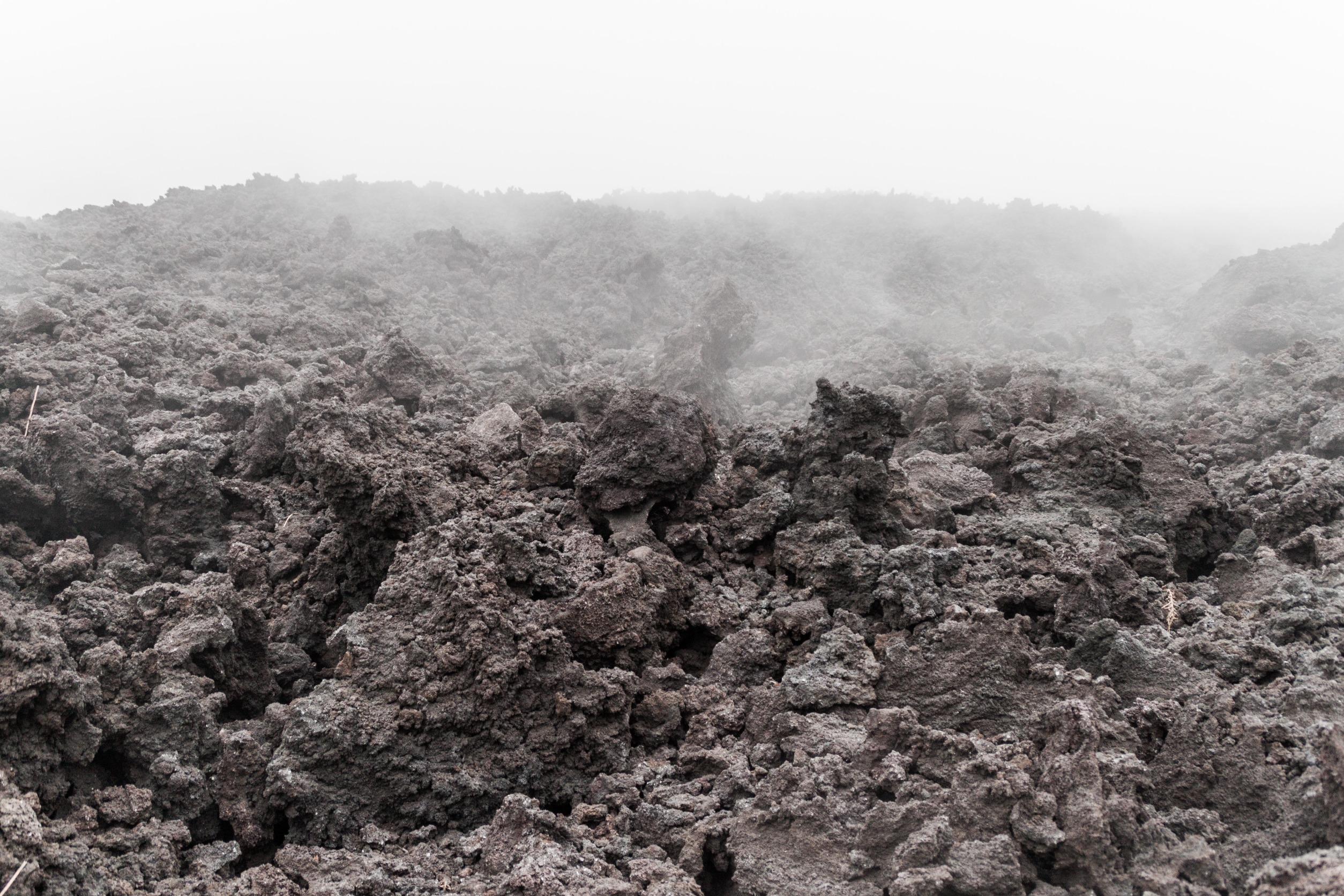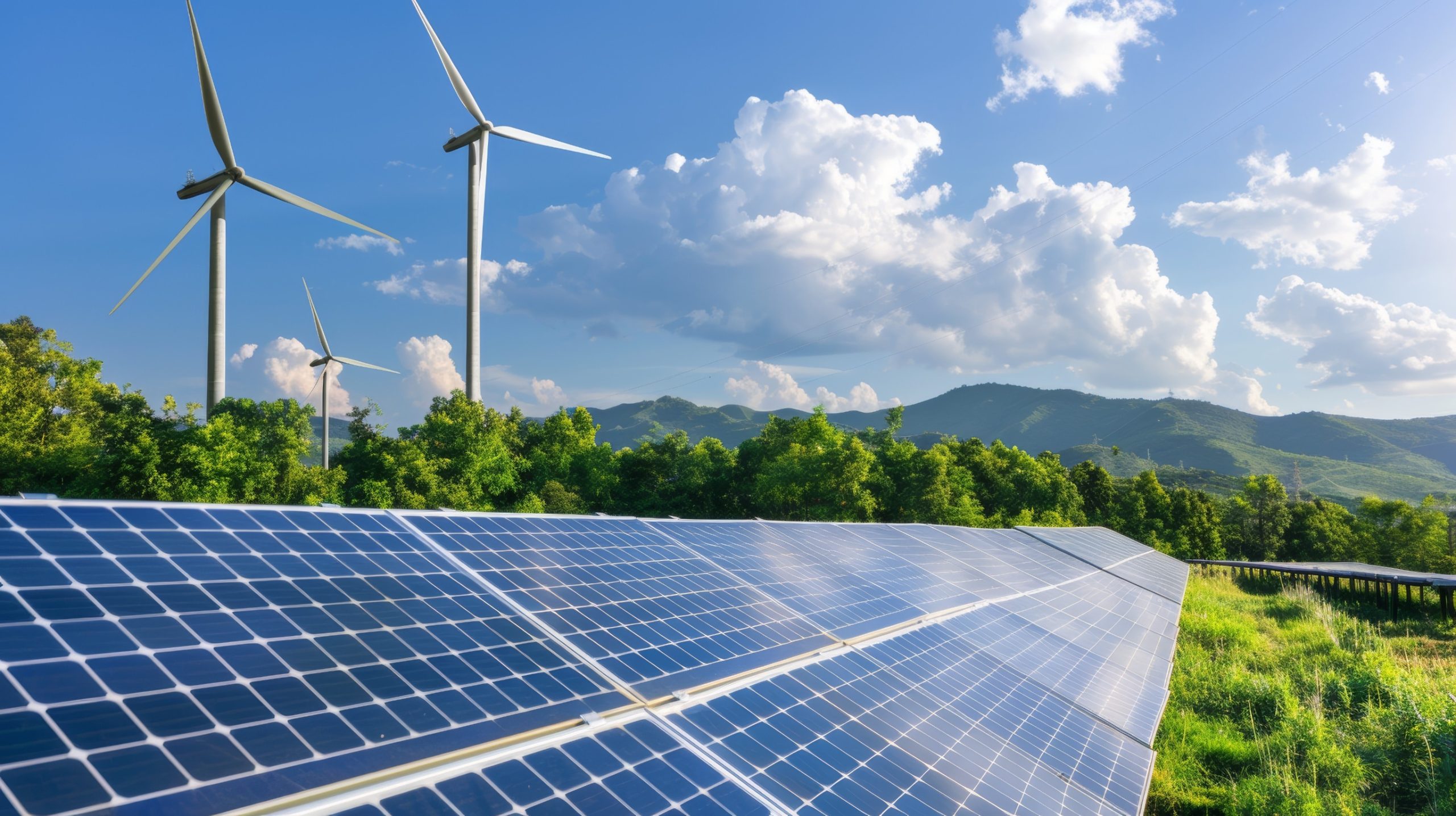In a 21st century crisis, information is dissipated in mass through social media channels. But when the communication stakes are high, such as relaying evacuation notices, bridge collapses, and road closures, how do we decipher what is accurate in the virtual flood of information? Shannon Bowen, a professor of Journalism and Mass Communications at the University of South Carolina, says technology and social media make a powerful vehicle for communication during a natural disaster, but it has to be well managed.
The key chain of command exists between state officials, smaller local officials, and the media, which all work in conjunction with one another to deliver information to the public. It is important that high-level coordinators are keeping local officials informed and that media channels are getting their information from reliable sources before spreading it like wildfire. However, the system also works in reverse. Media channels who are receiving thousands of reports of incidents need an efficient and organized way to communicate this to emergency response personnel.
Bowen also emphasizes the importance of public education. Citizens should be informed about where to turn to for accurate and timely information in an emergency. Recent disasters, such as Hurricane Dorian, have put these communication systems to the test. As climate change exacerbates weather emergencies, it is more critical than ever to perfect these systems.












